Concerns for shrimp hatcheries differ from grow-out facilities
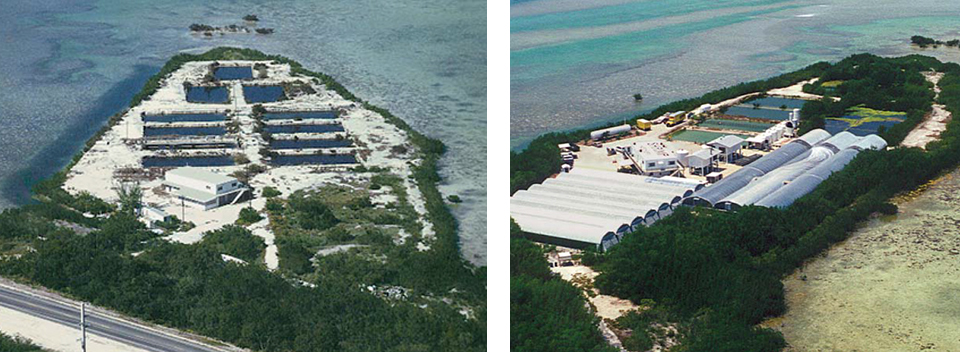
Over the last five years, hatcheries have achieved additional importance within the shrimp aquaculture industry. Progress in selective breeding has led to the domestication of stocks, which in some cases already outperform wild shrimp in ponds. As hatcheries continue replacing wild postlarvae, it is important to examine other areas of their operation that relate to the environment.
Operating a hatchery in an environmentally responsible manner presents challenges that are different from those of pond-based shrimp farms. Because hatcheries require only limited surface area, loss of habitat due to direct utilization of space is not a significant issue. On the other hand, the major areas of potential environmental concern in hatcheries are animal containment and water discharge.
Avoid releases
Releasing hatchery-reared juveniles into the ocean is a sound fisheries management tool used to enhance overfished stocks of fish and shellfish. But in certain cases, releasing hatchery shrimp into the environment could have undesirable consequences.
The first and most obvious concern is the release of exotic species into the environment. Theoretically, the exotic species could become established and cause ecological problems. Translocation of penaeid shrimp is a valid ecological concern, and using a precautionary approach, should be avoided.
The second concern is when the genetic makeup of hatchery animals is different from that of the wild populations. Breeding between captive and wild stocks could result in the loss of genetic diversity.
The third area of concern would be the introduction of hatchery diseases into the wild. In all these cases it is very important that aquaculturists take every precaution to avoid introducing hatchery animals into wild populations.
Animal containment
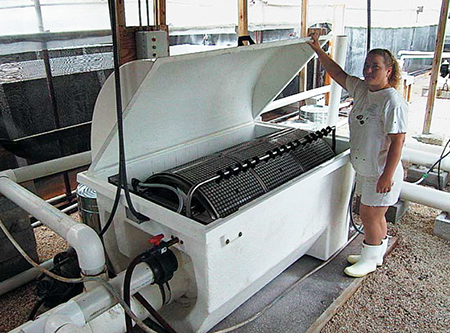
In the hatchery, animal containment is of utmost importance. Containment is achieved using mesh-size screens proportional to the size of the larvae. Sand filters and plastic cartridges may also be used at discharge points. Redundancy is desirable and easy to accomplish.
Natural disasters, such as hurricanes and floods, present special challenges to animal containment. For new facilities, locating in areas where the effects of such events are minimal is an important consideration during the site selection process. Of paramount importance is the need for a contingency plan to avoid releasing animals into the environment, should a natural disaster occur. Under extreme conditions, the plan must ensure the sanitary destruction of the entire stock.
Disease prevention
Disease concerns are best addressed by prevention. It is in the hatchery ’s best interest to use stock free of significant pathogens. Good management practices, stress avoidance, and biosecurity procedures are also part of an effective health management program. For example, effluent disinfection not only protects the health of hatchery animals, but also minimizes the potential for releasing shrimp diseases into the environment. Other examples of good practices are to avoid the mixture of water intake and discharge, and to avoid constructing a hatchery where water intakes are subject to the influence of an existing hatchery or farm.
Discharges
By industrial standards, shrimp hatchery discharges are minimal in volume and in concentration of potential pollutants. Recirculation systems, common in the broodstock production and maturation components of hatcheries, further minimize discharges. Not only are recirculation systems environmentally sound, they are also economically advantageous, due to reduced heating and pumping costs.
Chemicals and chemotherapeutants
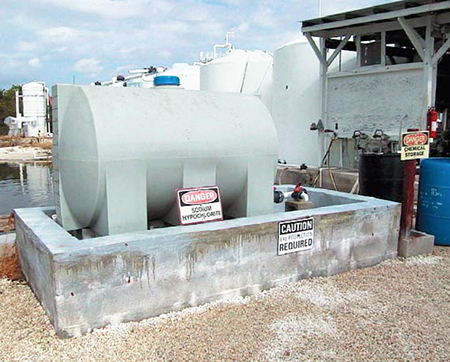
When using chemicals, hatchery operators need to follow local regulations and adhere to good management practices. All dangerous chemicals should be stored according to local regulations and handled with safety in mind. Before their disposal, fertilizers, antibiotics, and disinfectants must be neutralized, dissipated, or allowed to decompose to non-toxic forms.
Chemotherapeutants should only be used for treating specific diseases, and then only after a clear diagnosis of the problem has been made. Antibiotic sensitivities and minimum inhibitory concentrations need to be known or determined before use. Antibiotics should only be used if they are permitted by local regulations.
The use of low levels of antibiotics to prevent bacterial diseases is an example of bad practice that should be avoided, as it ultimately defeats its intended purpose. Using antibiotics in such a fashion leads to the development of bacterial resistance, and creates a need for increasing dosages, changing of antibiotics and eventually the complete drying out of the facility.
Fate of effluents
Most hatcheries discharge their effluents into the sea, estuaries or mangrove areas. Percolation ponds and injection wells, where treated discharge is introduced into a saline aquifer, are particularly friendly to the environment and are highly recommended.
Effluents need to be properly treated before discharge. Depending on the circumstances, treatment can include a combination of particle filtration, disinfection, and temporary retention in ponds, where the discharges oxidize, settle and/or seep into the aquifer. Water treated prior to discharging can be used to promote mangrove growth.
Conclusion
In upcoming years, hatcheries will play an even more significant role as contributors to world shrimp farming. Hatcheries are easing the demands for wild postlarvae through production of domesticated stocks. Additionally, sound hatchery management practices lead to preservation of the environment.
For example, effective animal containment procedures not only ensure that aquaculturists keep hatchery animals where they belong, but also minimize the possibility of species translocation, loss of genetic diversity, and transmission of shrimp diseases. Proper water treatment and disposal not only preserve the facility’s own water supply, but also minimize concerns over pollution of surrounding waters.
Avoiding environmental damage results in long-term benefits for all involved. With common sense and responsible use of technology, shrimp hatcheries will increasingly contribute to world shrimp production.
(Editor’s Note: This article was originally published in the December 2000 print edition of the Global Aquaculture Advocate.)
Now that you've reached the end of the article ...
… please consider supporting GSA’s mission to advance responsible seafood practices through education, advocacy and third-party assurances. The Advocate aims to document the evolution of responsible seafood practices and share the expansive knowledge of our vast network of contributors.
By becoming a Global Seafood Alliance member, you’re ensuring that all of the pre-competitive work we do through member benefits, resources and events can continue. Individual membership costs just $50 a year.
Not a GSA member? Join us.
Author
-
Lorenzo M. Juárez
Sea Farms International
GMSB Shrimp Hatchery
Summerland Key, Florida, USA[109,111,99,46,112,117,111,114,103,115,109,114,97,102,97,101,115,64,122,101,114,97,117,106,108]
Tagged With
Related Posts
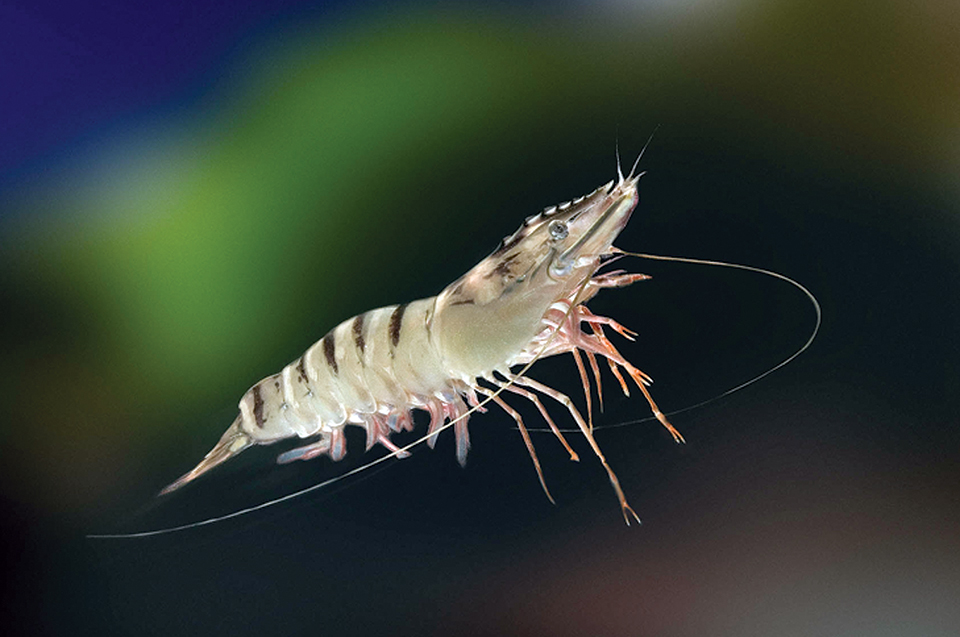
Health & Welfare
Black tiger domestication, selective breeding advance in Australia
Using clear-water tank systems, CSIRO and a collaborating farm have advanced the domestication of black tiger stocks in Australia.
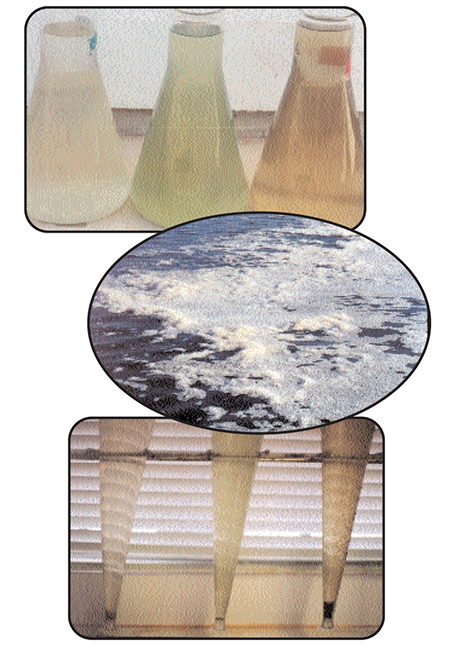
Intelligence
Changing paradigms in shrimp farming, part 1
Conventional wisdom for farming white shrimp involves semi-intensive culture in large ponds, routine water exchange and reliance on wild broodstock.
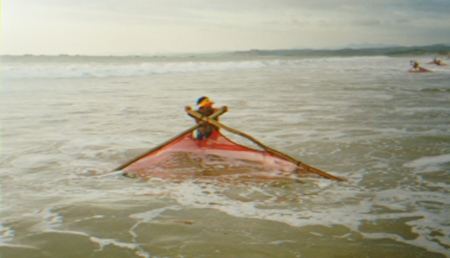
Health & Welfare
Ecuador study shows wild postlarvae use down
During the 1970s and 1980s, Ecuador's shrimp industry relied almost entirely on wild postlarvae but has since developed large hatcheries.
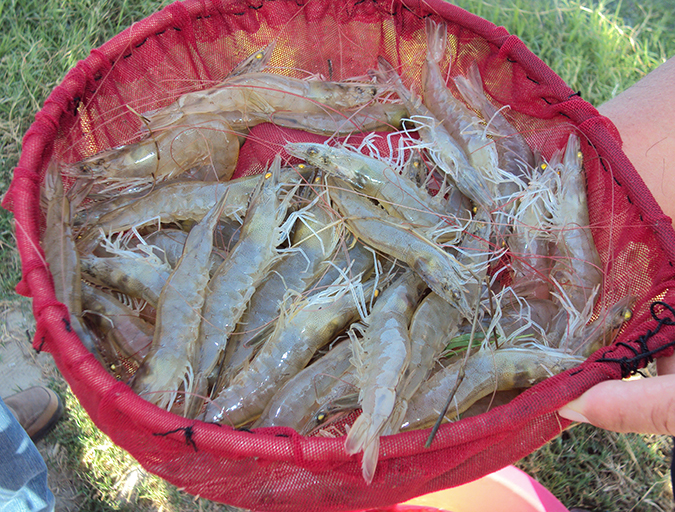
Health & Welfare
Genetics key to maximum growth rate for shrimp
Realizing higher growth rates in commercially cultured shrimp has many important benefits, including reducing various risks, cutting costs and increasing economic opportunities. Shrimp genetics primarily determines the amount of additional growth that can be achieved, as shrimp typically reflect their parents’ growth rates.


